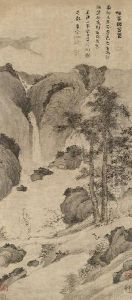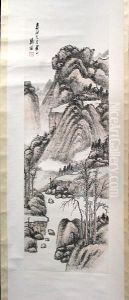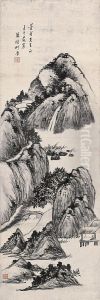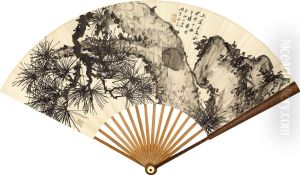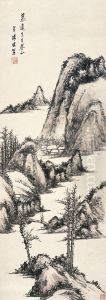Tang Di Paintings
Tang Di was a prominent Chinese painter during the Yuan Dynasty, known for his exquisite landscape paintings. Born in 1287 in what is today's Jiangsu province, Tang Di's artistic talents were evident from an early age. His works are characterized by their meticulous attention to detail, vibrant portrayal of natural scenery, and the profound sense of tranquility they evoke. Tang Di's contribution to Chinese art is significant, as he played a key role in the development of the landscape genre in Yuan Dynasty painting.
Throughout his career, Tang Di was deeply influenced by the earlier Song Dynasty's painting traditions, yet he managed to infuse his works with a distinct personal style that set him apart from his contemporaries. His landscapes are not just mere representations of nature but are imbued with philosophical and poetic sensibilities, reflecting the artist's deep contemplation of the natural world. Tang Di's ability to capture the essence of his surroundings, from the grandeur of towering mountains to the delicate textures of trees and water, showcases his exceptional observational skills and his mastery over brush and ink.
Tang Di's legacy is preserved through the limited number of works attributed to him that have survived to the present day. These paintings are highly valued for their historical and artistic significance, offering insights into the rich cultural and aesthetic traditions of the Yuan Dynasty. Despite the challenges of the time, including the social and political upheavals that marked the Yuan period, Tang Di's art transcends the temporal, inviting viewers into serene and timeless landscapes. His contribution to the landscape painting genre has been celebrated by art historians and critics, cementing his status as one of the most important Chinese painters of his era. Tang Di passed away in 1355, leaving behind a body of work that continues to inspire and captivate art lovers around the world.
